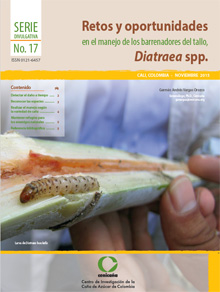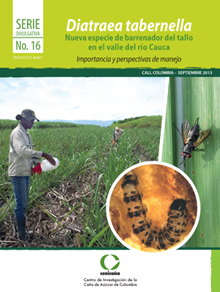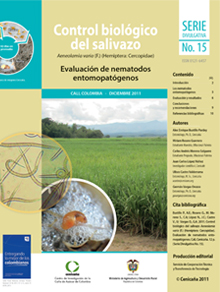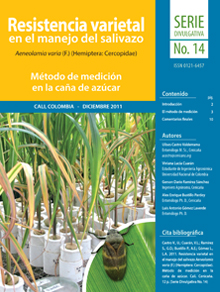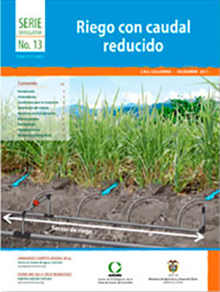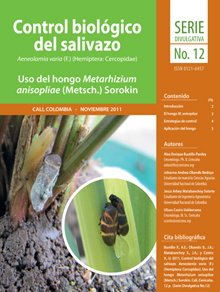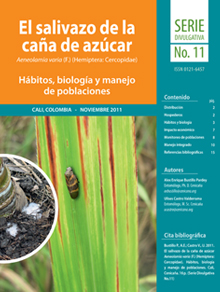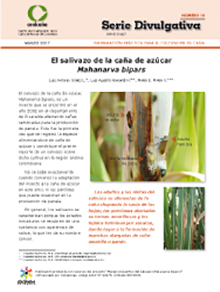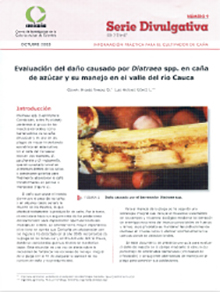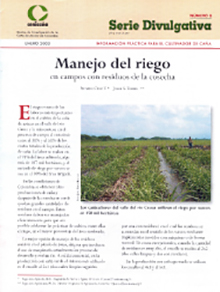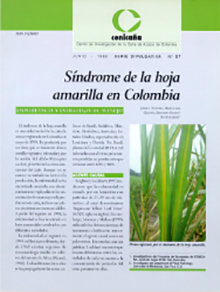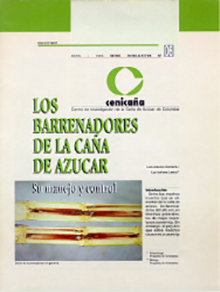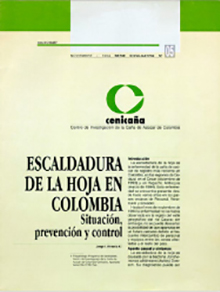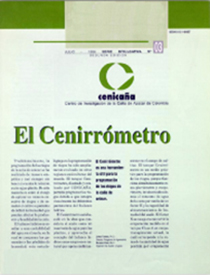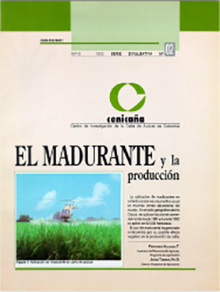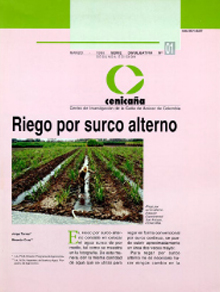- Solutions
field
harvest
factory
climate

- CC varieties
- Publications
- Events
- #WorkYesHay
- About us

We are science dedicated to discovering the possibilities of sugarcane, we are a platform for new opportunities for sustainable progress and we create value for industries.
The use of this site is subject to express conditions of use. By using this site, you accept the Confidentiality clauses and our personal data processing policy.
Committees
- Field
- Harvest
- Factory
- Transfer
- CAT








